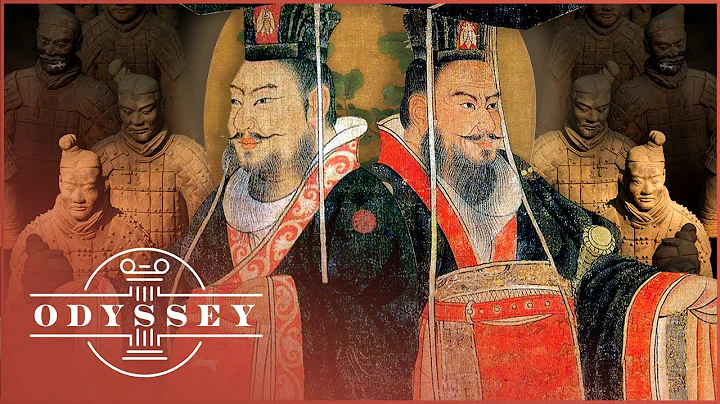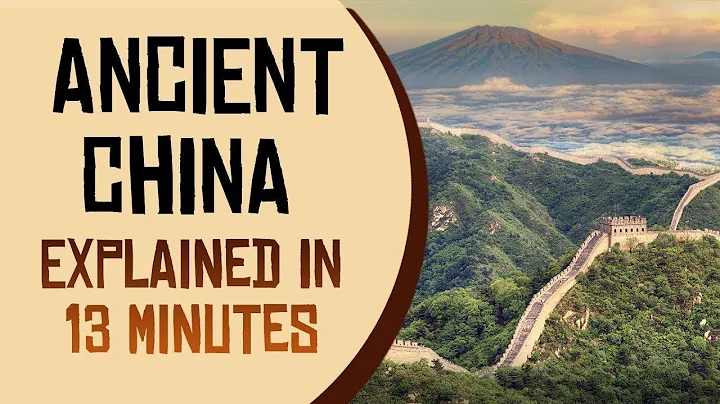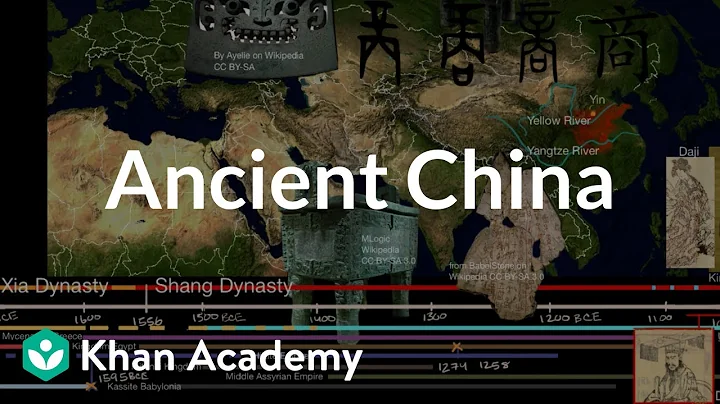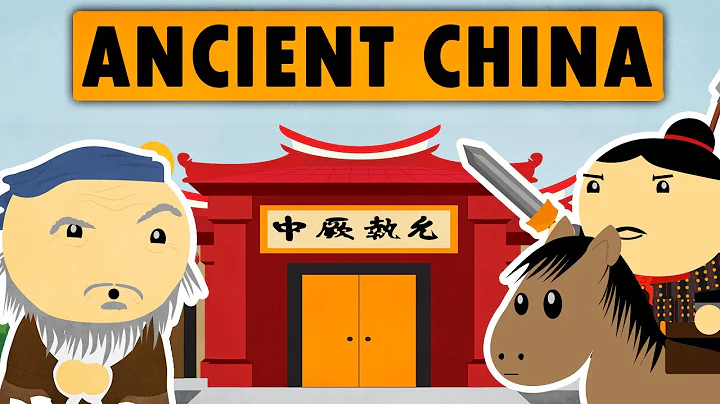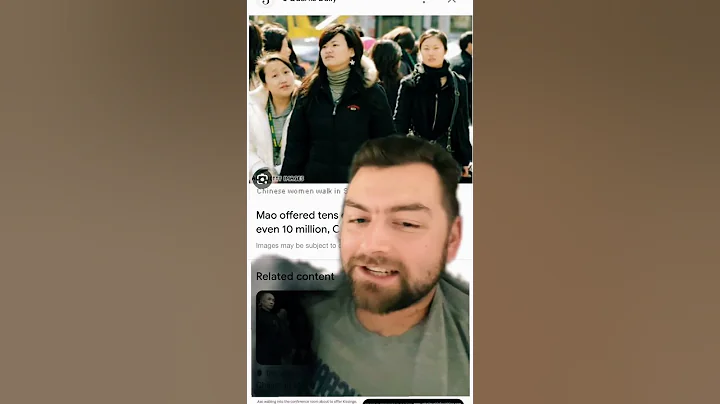
The White Lotus sect has a long history. It is a secret religious association that appeared in Kunshan, Jiangsu Province in the early years of the Southern Song Dynasty. There was great development in the Yuan and Ming Dynasties, and they were divided into many tribes, which were called Mahayana, Hunyuan, Shuoyuan, etc., with a wide range of members, including farmers, urban poor, handicraftsmen, small businessmen, small owners, hired workers, etc., and some Eunuchs, royal guards, village heads, gentlemen, scribes, servants, etc. participated.
The White Lotus Sect's "political system is still exclusive" and always implements strict patriarchal rule with strict hierarchy. Since it itself is divided into many branches, the leader of the faction only holds the power of his own sect, and adopts the method of inheritance of power through the death of father and son, and does not allow outsiders to covet it. In the final analysis, their power and status depend on the number of disciples they have. The one with the larger number is called the big boss, and the one with the smaller number is the smaller boss. The disciples of the leader, as their own strength, that is, the number of followers they accept, continues to grow, their independent tendencies are gradually strengthening. If the conditions are ripe, they will eventually embark on a unique path.

The method of missionary work of the White Lotus Sect is as follows: the missionaries "either serve as doctors or divination, or as traders, traveling through villages and personally preaching the disciples", recruiting believers among the poor lower class people, and organizing them.
White Lotus believers only burn incense and worship in daily life, recite or have the leader explain scriptures, mantras, formulas, and lyrics (in addition to teachings, they highlight respecting filial piety and doing good deeds, the three refuges and the five precepts , etc.), in order to cultivate the afterlife and achieve their goals. The purpose of blessing and avoiding disaster. "Everyone who practices teaching pays taels of silver and gives it to the shopkeeper to receive," which is called "basic money." The amount of money varies, ranging from one to two hundred taels to dozens or hundreds of taels. Minor leaders from various places lose money to the leader of their sect every year or several years, which is called "tribute". For example, from the 55th to the 57th year of Qianlong's reign, Liu Zhixie, Song Zhiqing and others, the leaders of the White Lotus Church, beat some of the followers they had accepted (write their names and place of origin on yellow paper, and burned them in the air. This was called beating pills, also known as "beating pills"). Shengdan) two thousand taels of silver were successively delivered to the master Liu Song who was assigned to Longde County, Gansu Province.

The White Lotus believers published many scriptures for more than a hundred years from Wanli in the Ming Dynasty to Kangxi in the Qing Dynasty. Almost all White Lotus scriptures promote the concepts of "two sects and three realms", Maitreya's descent to earth and catastrophic transformation, and the belief that "empty hometown, no biological parents". According to the explanation of the White Lotus Sect, there are two forces called light and dark that fight against each other in the world. Ming is light, representing goodness and truth; dark is darkness, representing sin and unreasonableness. There is a constant struggle between these two aspects, past, present and future. After Maitreya Buddha came into the world, light finally defeated darkness. These are the so-called "three realms" of "Qing Yang", "Hong (Red) Yang" and "White Yang".
During the Qianlong period of the Qing Dynasty, there were many branches of the White Lotus Sect. Hunyuanjiao and Shuoyuanjiao are two important groups.

At the beginning of the 39th year of Qianlong's reign (1774), Fan Mingde, a native of Luyi, Henan, founded Hunyuan Sect in his hometown, and quickly spread it to Guide, Chenzhou, Runing, Henan, and Yingzhou, Anhui. The next year, it was severely suppressed by the Qing government. Thirteen people including Fan Mingde were sentenced to death. His disciple Liu Song was sent to Longde County, Gansu Province. The Hunyuan Sect was paralyzed.
In March of the fifty-third year of Qianlong's reign (1788), Liu Zhixie, a Hunyuan believer and native of Taihe County, Anhui Province, "came to visit Liu Songpei and discussed with Liu Song how to restore the old religion. He also used the Hunyuan religion to solve the case for a long time, and many people did not believe it. , it was necessary to establish a new religious name. Following Shang and Liu Song, he changed it to Sanyang Sect and wanted to find someone named Niu Ba. He made up the name Zhu and pretended to be the direct sect of Ming Dynasty . He would also refer to Liu Song's son Liu Si in the future. My son is the reincarnation of Maitreya Buddha, and he protects and assists Niuba. Those who join his religion can avoid all disasters of water, fire, swords, and war." He also recommended Liu Song as the old leader."

In the last years of Qianlong's reign, Shuoyuanjiao carried out activities in northwest Hubei, and was mainly divided into two branches: Xiangyang Song Zhiqing and Fangxian Wang Yinghu.
Song Zhiqing, a native of Xiangyang, Hubei Province, is a re-disciple of Yao Yingcai, the founder of Sanyi Sect, a branch of Shuyuan Sect. He himself also accepted Xiangyang Chief Chaplain Qi Lin and others as his disciples. In the fifty-fourth year of Qianlong's reign (1789), he again became a disciple of Liu Zhixie. Three years later, Song Zhiqing had a religious dispute with Liu Zhixie due to the large number of disciples, so he established his own sect, called Xitian Mahayana Sect.From then on, he "established his own religion, pretending that Maitreya was reincarnated and must learn the Mahayana teachings of the West to avoid disasters." He focused his activities on the border areas of Sichuan, Chu, and Shaanxi provinces where class relations were tense, allowing his disciples to recruit a wide range of followers. Expand the organization. At the same time, Wang Yinghu also vigorously developed organizations in the border areas of Hubei and Sichuan. In order to draw the peasant masses away from the fog of religious belief and focus on their own liberation, the Shuanyuan Sect, headed by Song Zhiqing, preached that "those who follow the religion can help each other in times of trouble, die in times of difficulty, and can travel around the world without holding a single coin." , "Those who follow the religion will be given a certain amount of rice first. After joining the religion, all the materials obtained from the teaching will be divided equally." The gradually spreading political prophecy of "Maitreya will be reincarnated and protect Niu Ba"

under the cloak of religion deeply attracted the masses, and the work of expanding the organization went very smoothly. Among his disciples, Qi Lin, the chief officer of Xiangyang, Hubei Province, made a significant contribution to the development of Shu Yuanjiao. Later, Huang Hao of Xiangyang, and most of the leaders of the Sichuan Uprising Army, such as Yao Zhifu, Fan Renjie, Wang Guangzu, Ran Wenqian, Sun Shi Feng, Xu Tiande , Leng Tianlu, Wang Sanhuai , etc. were all disciples of Qi Lin or disciples of the third generation. The power and influence of Qilin had surpassed that of the Qing Dynasty in the Song Dynasty. The Sichuan, Chu, and Shaanxi uprisings were basically launched and led by believers in the Qilin system.



